Future iPhones and iPads may offer the True Tone functionality in hardware rather than software, with Apple suggesting the backlight of a display panel could use a combination of colors to provide the perfect illumination for the screen that matches the ambient light of the user's environment.
First introduced with the 9.7-inch iPad Pro in 2016 and expanded onto other devices, True Tone is a feature that manages the white balance of the display so that it gives the same appearance of whatever is on screen for the user, regardless of their surroundings. Under different external lights, a static white balance setting could show a white that is more blue or orange, "cooler" or "warmer" depending on where the user goes, with True Tone compensating for the change to minimize the effect.
A connected issue is that a display and color management system may not necessarily be able to provide adequate enough color accuracy if the screen is being used to show shades of white that are different from the white produced by the backlight. Typically the screens are adjusted for the user to see what they perceive as a "correct" white, but the display may account for these changes by adjusting the pixel values, such as by reducing blue and green pixels to display a warmer white.
By truncating the pixel value range, this can limit how many colors a display can truly show, as well as opens up the possibility of reduced brightness and display artifacts, such as motion blur.
In a patent granted to Apple by the US Patent and Trademark Office on Tuesday, the filing for "Display with ambient-adaptive backlight color" attempts to solve these issues by putting the changes in white balance into what is used for the backlight itself. Rather than relying on a single backlight light that provides just one shade of white, Apple instead suggests the use of multiple different light sources within the backlight system.
The filing details how the backlight could have a light guide layer with opposing surfaces that can reflect light, as well as a color ambient light sensor, and control circuitry. Multiple light sources in the backlight can emit different color temperatures between warm and cool lights, with control circuitry adjusting the intensity of light from each to create a mix of a specific color temperature, as well as brightness.
In some implementations, these light sources could be LEDs that could emit IV and blue light, covered with red, green, and yellow phosphor. There is also the possibility of using a third light source providing a different color temperature to the other two, further refining the light that is produced.
The use of an ambient light sensor gives the display the opportunity to determine the kind of light in the local environment that it has to contend with, enabling it to adjust the backlight to perform a similar function to the software-based True Tone. It could also monitor brightness, allowing the screen to dim or get brighter, and stay at a comparable readability over time.
The key element is that the backlight itself is changing the color temperature, and not the LCD substrate of the display panel, so no truncation of pixel value ranges can occur. It also means that the host system doesn't need to use a software solution to perform the True Tone effect, as it is left up to the display hardware, potentially improving system performance as well.
Apple files numerous patent applications with the USPTO on a weekly basis, but while the existence of filings is not a guarantee that a product or service will have the feature in the future, it does at least suggest areas of interest for the company.
Earlier patents and applications dealt with other elements of the display's usage than white balance, such as turning it into a giant fingerprint reader to bring back Touch ID in iPhones, improved water droplet detection for use in the rain, or even the adoption of foldable displays in portable iOS devices.
Away from normal displays, Apple's vision for the future of computing has veered towards augmented and virtual reality, using headsets or smart glasses that can offer data to the user rather than a display. As for "Project Titan," the title used to cover the company's automotive efforts, has also anticipated changes in delivering information to the driver or passengers, including using fiber optics to hide unwanted elements from view when not in use, and the use of AR on the windscreen to show the route of a vehicle.
 Malcolm Owen
Malcolm Owen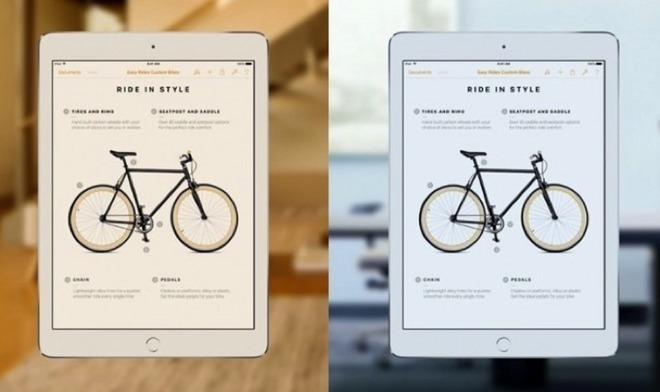
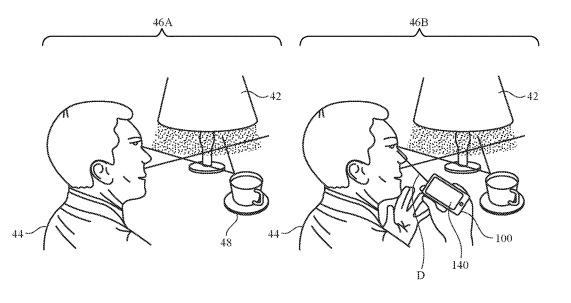
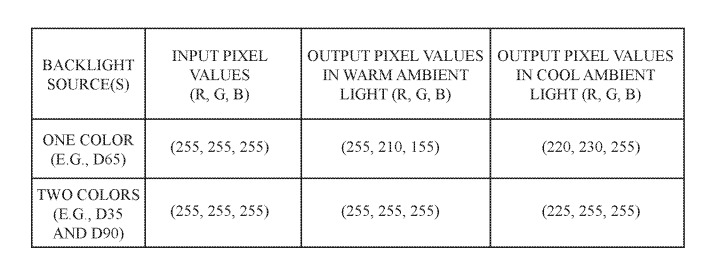
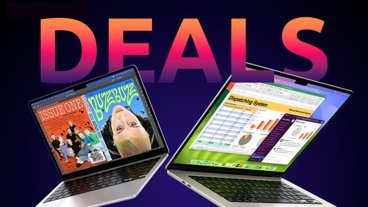
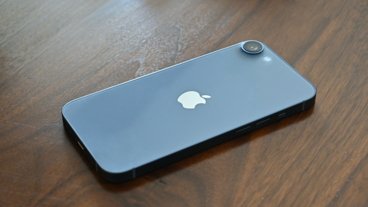

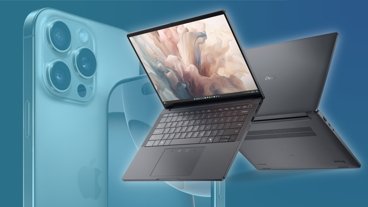
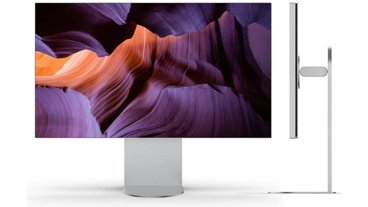
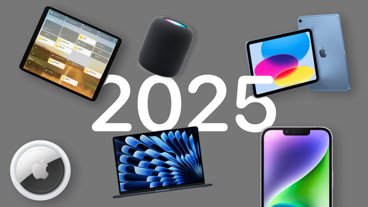

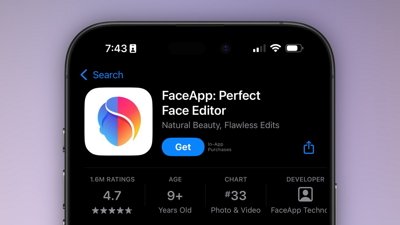
 Wesley Hilliard
Wesley Hilliard
 Marko Zivkovic
Marko Zivkovic
 Christine McKee
Christine McKee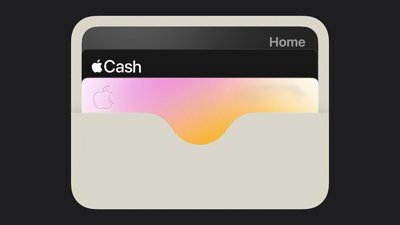
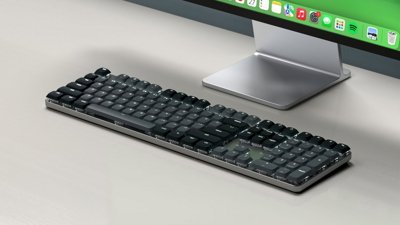

 Amber Neely
Amber Neely

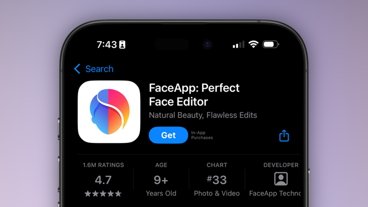

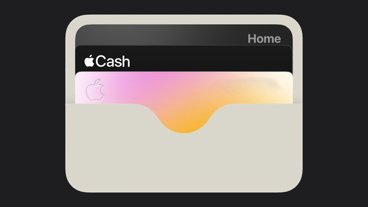







1 Comment
How would this work with OLED displays?